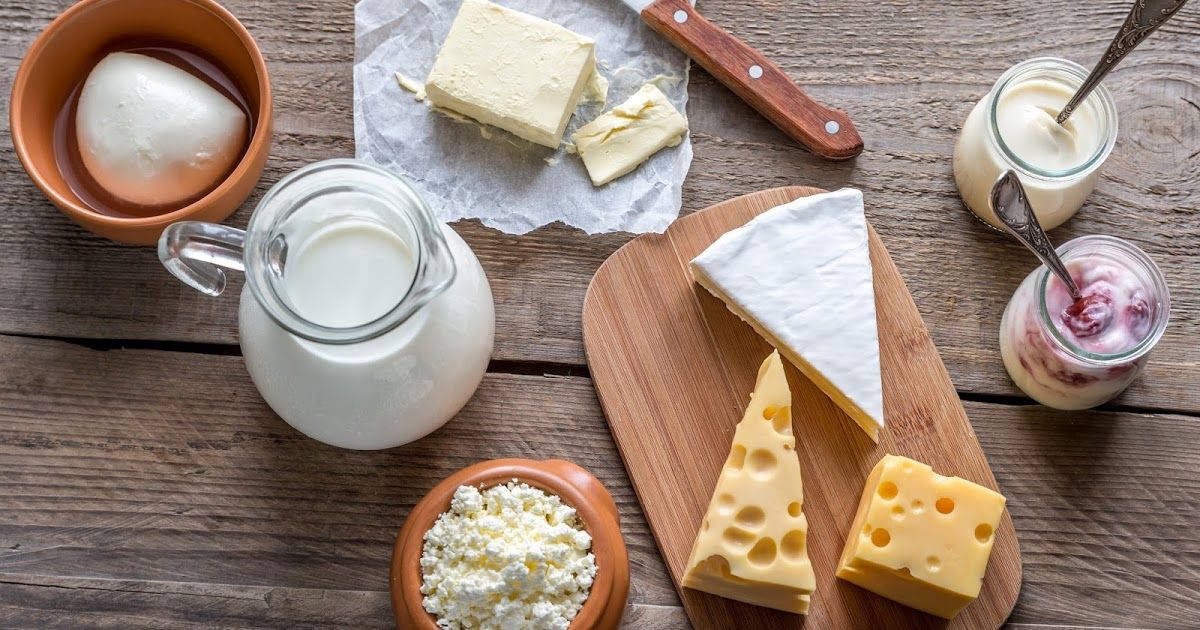Ways To Treat Galactosemia
Lactose intolerance is a common condition that involves being incapable of digesting the sugar lactose, so it goes through the digestive tract without being metabolized. But lactose intolerance is only one of the numerous ways the body can have problems with processing sugars. Lactose normally breaks down into two sugars: glucose and galactose. Certain genetic mutations can prevent one of these sugars, galactose, from breaking down further and causes it to build up within our bodies. When galactose builds up in the body due to a genetic mutation, it's called galactosemia. Treating it differs from its more popular but distantly related sugar processing disorder. Learn more about this now.
Eliminate Dairy Products

One way to treat galactosemia is the same way lactose intolerance is treated: eliminate dairy products. Dairy products have a lot of lactose, which the body will break down into glucose and galactose. Since galactose is the sugar individuals with galactosemia have difficulties metabolizing, removing any foods that ultimately break down into galactose is one way to treat it. Eliminating dairy products such as milk, butter, cheese, and yogurt can reduce the risks involved with galactosemia. Infants born with this condition should also avoid human breast milk since it contains the sugar that breaks down into one they can't process.
Cut Out Fruits And Vegetables With Galactose

Plenty of fruits and vegetables also contain trace amounts of galactose. Because of this, individuals with galactosemia are often recommended to cut out fruits and vegetables with galactose in them as well. Some patients choose to avoid fruits and vegetables entirely while others may stick to ones without high amounts of galactose or limit their overall daily intake of the sugar. Peas are high on the list due to having a lot of galactose. Black-eyed peas, green peas, yellow peas, pigeon peas, and dry field peas are all bad choices for those restricting their intake of galactose. Other examples that don't have as much galactose but are still possibly dangerous include tomatoes, yams, bell peppers, pumpkins, kale, celery, cabbage, onions, turnip, eggplant, and cauliflower. Tomatoes aren't the only fruit individuals may have to cut out either. Fruits to possibly avoid include dried figs, grapes, papaya, honeydew melon, blueberry, watermelon, pineapple, dates, kiwi, grapefruit, peaches, strawberry, oranges, plums, mangoes, cherries, and bananas. If patients cut out fruits and vegetables with galactose, it'll further reduce the risk of complications associated with galactosemia.
